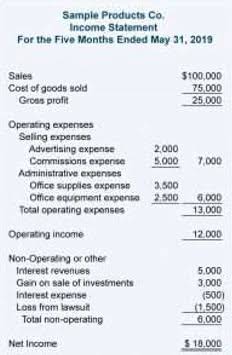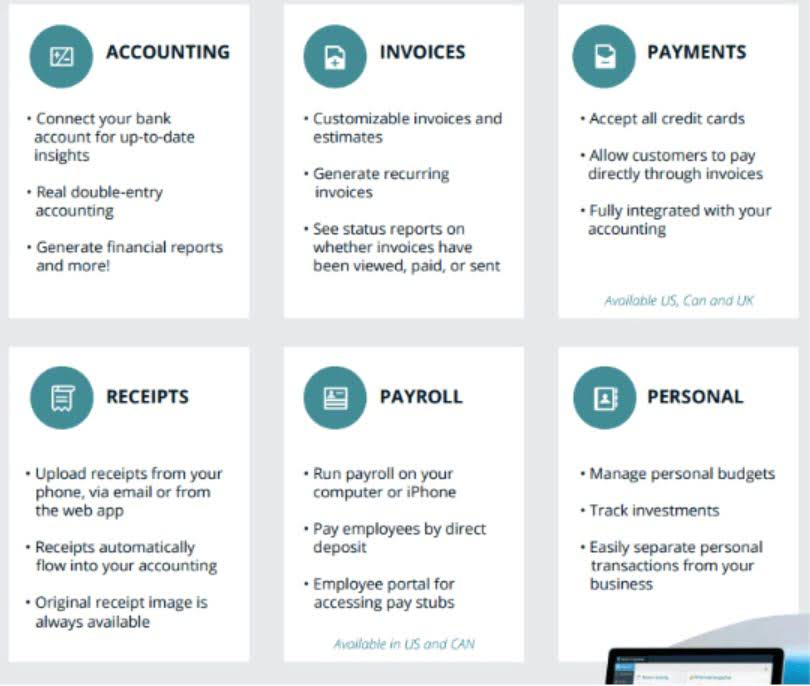Retail Store Accounting Methods 101

Retail businesses have unique challenges, not the least of which is business accounting — especially for inventory. Discover the ins and outs of retail accounting to help you stay on top of your bottom line. A balance sheet is a picture of your business at a single point, unlike an income statement which covers a time (week, month, or year). Retailers and accountants who embrace these trends and predictions will be well-positioned to thrive in an industry that is continually evolving.
Seeing a profit
The retail inventory method is also at risk of being inaccurate when an acquisition has been made. Specifically, it tends to be inaccurate if the markup percentage used by the acquired party is significantly different from the rate that the acquirer used. The LIFO (or “Last In, First Out”) method involves calculating inventory value based on the COGS of your most recent inventory purchases. LIFO assumes that the goods acquired most recently are also the first to be sold, and is therefore highly influenced by selling price fluctuations.
Popular Posts
The bookkeeping retail method serves as a shortcut to conducting a physical inventory count, but should not replace it. After all, this method isn’t always accurate because losing or damaging a fraction of your stock is unavoidable. This method tracks the individual cost of each item in your inventory, making it ideal for high-value goods like jewelry or electronics. However, it requires detailed record-keeping and can be time-consuming for businesses with a large volume of inventory.
- What that means, experts warn, is that the retail inventory method interferes with sound merchandising and pricing decisions.
- If this is the case, you need to figure out a way to assume the cost of goods sold so that you can compare this to your ending inventory and calculate your profit.
- As we discussed earlier, the retail method of accounting shouldn’t be viewed as its own discipline.
- Utilize bank reconciliation statements to compare your records with your bank’s records, catching any discrepancies early on.
- This is especially true as customers have increasingly more payment options and retailers offer buy now, pay later financing plans.
- Many businesses prefer this method because of its simple and cost-effective approach.
Scale Your Bookkeeping

If the purchases during the period are $20,000 at cost and $28,000 at retail, and sales are $40,000 at retail, the ending inventory at retail before adjustments would be $58,000. Assuming a cost-to-retail ratio of 71.43% (calculated from the cost and retail values of goods available for sale), the estimated ending inventory at cost would be $41,429. The retail method simplifies inventory management by eliminating the need for physical counting of the stock, which can be time-consuming and tedious. While the objective of stock-keeping can be achieved through this method, periodic physical evaluation can be supplemental to ensure accuracy and responsiveness.
- In addition to real-time financial insights, retail thrift store accounting software often includes features such as customizable dashboards, automated alerts for inventory levels, and integrated budgeting tools.
- Contrary to the income statement, which tracks sales, the cash flow statement concentrates on actual payments.
- When implementing bookkeeping practices in retail / thrift stores, several key considerations must be taken into account.
- No matter when you sell a pound of coffee, it’s recorded at this stable $11 cost, smoothing out any price fluctuations.
- The pros and cons of the specific identification method depend on the size of your retail business, according to the Corporate Finance Institute (CFI).
Inventory Management Software Costs Explained: Real Prices, Hidden Fees, and Best Deals
Through meticulous record-keeping and analysis, retail accounting turns everyday transactions into actionable insights, paving the way for sustained success in the competitive world of retail. Reconciliation is the accounting process of matching transactions internally against external statements and documents. The purpose of reconciliation is to check that the two sets of records and figures are in agreement. This way, you can move forward with confidence in knowing that your financial records are in order.
Intelligent Reconciliation Solution
- Cost accounting should have been implemented once point-of-sale systems that identified SKUs were in-store, but better late than never.
- Also known as the retail inventory method, retail accounting is a process used to estimate the value of a store’s ending inventory for a specific period.
- As an example, if you buy goods for $160 and sell them for $200, your cost-to-retail ratio is 80%.
- Traditional methods, such as manual record-keeping or hiring an accountant, can be susceptible to human error.
- It’s also convenient since you don’t have to physically count inventory every time.
- On the contrary, a manufacturing company that requires precise cost allocation for production materials and labor may opt for cost accounting practices to ensure accurate product costing and pricing strategies.
All ecommerce store owners need to understand how to value their month end or year end inventory. This valuation helps you know whether your business is profitable, the amount of tax you will pay to the IRS, and impacts your chances of securing a loan. Using the example above, your inventory was $3,200, total sales were $3,750, and the cost-to-retail ratio was 40%.

When you add these numbers together ($1.50 + $1.75 + $0.50), this would make your total cost of goods sold $3.75 and the cost of your ending inventory $1 (20 dice at 5 cents apiece). If you use the FIFO costing method, you take the cost of the first order you purchased, compare it to the revenue you’ve brought in and assign that revenue to the cost of goods sold. Managerial accounting is crucial for understanding the operations of a business. Financial information and data (often sensitive) are gathered, then presented to business managers so they can better oversee internal business processes. Keep track of your stock, purchases and sales with our handy inventory spreadsheet.
Inventory’s impact on profitability
In addition to years of corporate accounting experience, he teaches online accounting courses for two universities. You may work out your cost-to-retail ratio as (0.2 × 0.7) + (0.4 Accounting for Marketing Agencies × 0.2) + (0.6 × 0.1), which is 28%. Essentially, the weighted average unit finds a middle ground between FIFO and LIFO. Luke O’Neill writes for growing businesses in fintech, legal SaaS, and education.

This statement summarizes all your revenues, costs of goods sold (COGS), and operating expenses over a specific period, revealing your overall profit or loss. In a retail setting, it’s your primary tool for assessing if that clearance sale or expanded product line is actually bolstering your bottom line—or just moving inventory without increasing profits. If your records show that at retail price you started the month with $60,000 worth of goods and ended up selling $20,000 worth, you now have $40,000 worth of goods at retail price left. Because your markup is consistently 50%, you estimate your remaining inventory at cost to be half of that $40,000, which is $20,000. This can be reconciled by including retail store accounting methods in the SKU record a field for current marked retail which would be updated whenever a markdown is taken.





